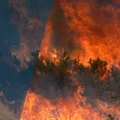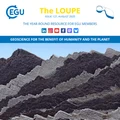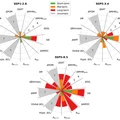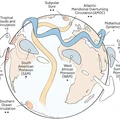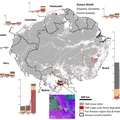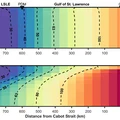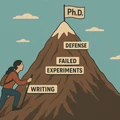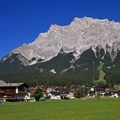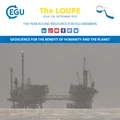
- 30 September 2025
In our newsletter this month; what is the history of the OPEC nations and how does our petroleum-centric past prepare us for a sustainable future, what can you do to celebrate Earth Science Week, how to manage vulnerabilities during fieldwork, work-students; apply for a vacancy in community development, and more!






